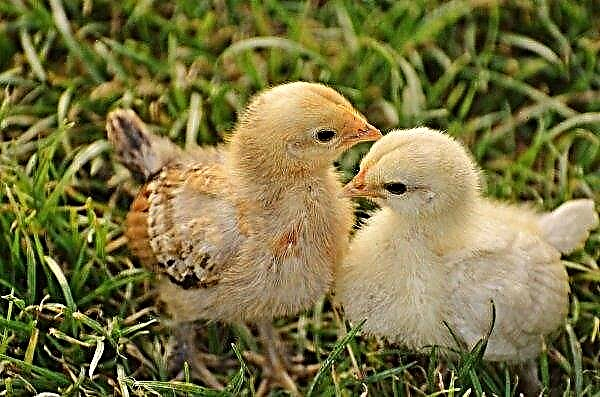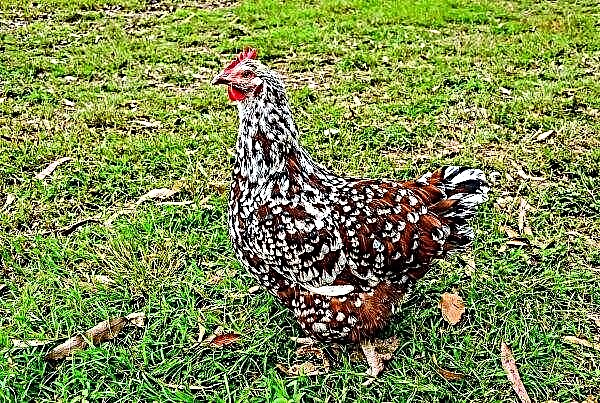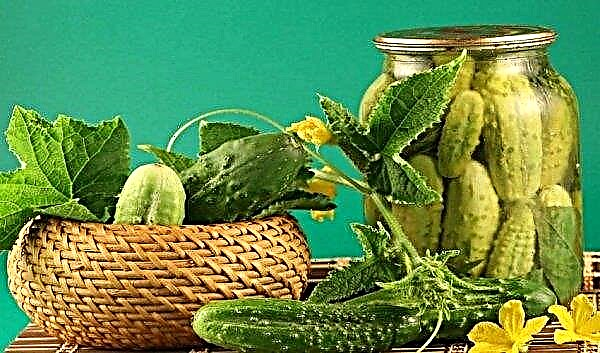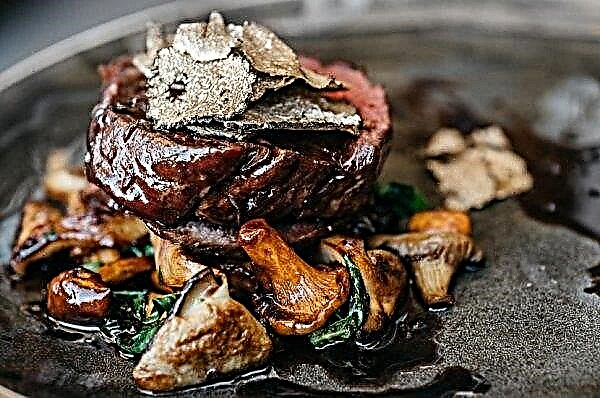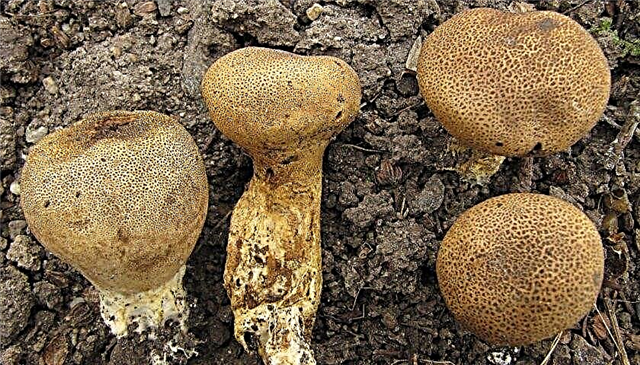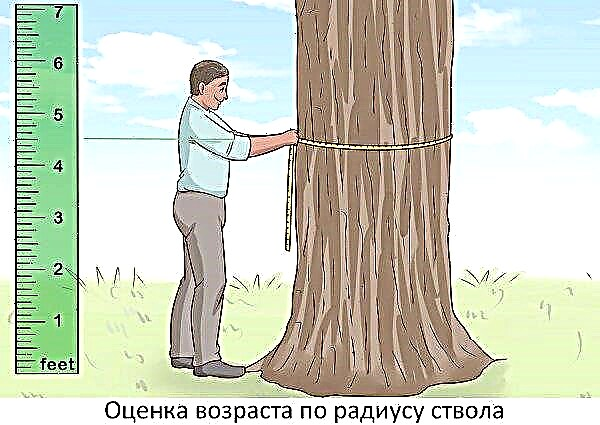Chrysanthemum is a beautiful flower and, in general, not too whimsical, however, one of the main difficulties that arise when growing it in front of the gardener is the need to dig up the plant for the winter and somehow store it until warm. The greenhouse allows you to partially solve this problem, but even under the film, flowers can easily freeze. In this review, several methods are described in detail that allow you to keep greenhouse chrysanthemums in the ground, as well as the basic rules that should be followed.
Storage methods
There are two standard ways of wintering chrysanthemums - with or without digging from the ground. The first option, in turn, involves the possibility of storing the bush, extracted from the ground with an earthen lump, in the room (for this, a cellar, a glazed loggia or another cool, but not freezing place is suitable), or if you do not create suitable conditions for the house successful - digging the plant into the soil, but to a greater depth than it originally grew, thus, a more gentle temperature is provided for the root system during the wintering period.
Important! Most varieties of chrysanthemums can be left without shelter for the winter only in those regions where winter frosts do not fall below -7 ° C.
If the gardener does not want to dig bushes from the ground for the winter, they can be left in their place, but they can provide reliable shelter. With the storage of chrysanthemums out of the ground, everything is simple and clear. This method, although not very convenient due to the fact that not everyone who loves to grow decorative flowers in their area, has at their disposal a rather spacious cellar for their wintering, however, it is good because it allows you to control the condition of the bush in any moment to react if the plant begins to rot, mold or sprout. But leaving the bush in the ground under cover or re-digging the plant into the deep layers of the soil is worth considering in more detail.
Shelter
The thickness and reliability of the shelter directly depends on how low the temperature in the greenhouse drops. An important role is also played by the composition of the soil. So, for example, it has long been noticed that heavy clay soils and loams freeze significantly less than light sandstone or sandstone. In order to make the plant easier to tolerate winter, there is no need to rush to cover it. For wintering, the bush is best prepared after the onset of frost, when the top layer of the earth begins to freeze.
Did you know? After many years ago, a chrysanthemum was brought by Buddhist monks from China to Japan, the flower immediately became a symbol of the country. He was portrayed on the imperial seal, adorned the throne of the Japanese monarch, and even now, the Japanese dedicate a national festival to the chrysanthemum every year, and they call it the "Festival of Happiness."
Before sheltering, the aerial part of the plant should be trimmed, but not under the root, but leaving small “stumps”. Practice shows that very often it is from them in the spring that young shoots begin to grow. Some gardeners prefer to leave longer shoots, sometimes up to 20 cm, but by spring they still dry out and have to be removed.
For the shelter itself, you can use:
- fallen leaves;
- coniferous branches;
- peat;
- sawdust;
- brushwood (a great option - the vine remaining after the autumn pruning);
- compost;
- humus;
- garden land, which is simply raked to the bush from all sides.
 Depending on the severity of the climate, the thickness of the shelter can vary between 30-50 cm. Coniferous branches are best suited as the top layer, because, on the one hand, they are quite heavy so that they are not blown apart by the wind, and on the other, the structure of such an organic blanket keeps snow perfectly on itself, and a snowdrift, as you know, is itself the best natural insulation.
Depending on the severity of the climate, the thickness of the shelter can vary between 30-50 cm. Coniferous branches are best suited as the top layer, because, on the one hand, they are quite heavy so that they are not blown apart by the wind, and on the other, the structure of such an organic blanket keeps snow perfectly on itself, and a snowdrift, as you know, is itself the best natural insulation.Another advantage of the needles is that, unlike peat, soil or compost, it ensures that there are many voids inside the shelter, inside which warm air is held. The same effect can be achieved by covering the bush with a low box of cardboard or polystyrene foam, and already overwhelming it with available organic matter.
Did you know? It turns out that in the central regions of Russia and even more northern regions, the main cause of plant death in winter is not freezing, but rooting of the neck of the neck, as well as root damage by various types of molds.
If fallen leaves, sawdust or other light material is used as a shelter, it is necessary to lay a layer of agrotex, lutrasil or other air-permeable material on top of the constructed hill (it is crucial that the canvas is light, otherwise the bushes can thaw during the thaw) and fix the structure with hairpins or stones laid around the perimeter. In order to exclude such a probability, it is necessary to remove the shelter with chrysanthemums in early spring, when the temperature still remains negative. In addition, it is very important not to allow the water formed in the place of the snowdrift hiding the bush to stagnate in the roots of the plant in the form of a puddle. Spring dampness is much more dangerous for the root system of a flower than frost, so excess snow from a flower bed, if it is located in a lowland, must be removed before it begins to melt.
In addition, it is very important not to allow the water formed in the place of the snowdrift hiding the bush to stagnate in the roots of the plant in the form of a puddle. Spring dampness is much more dangerous for the root system of a flower than frost, so excess snow from a flower bed, if it is located in a lowland, must be removed before it begins to melt.
Trench storage
This method of wintering chrysanthemums is more painstaking, but for regions with a cold climate, it is he who is considered to be preferred as the most reliable. At the end of autumn, the bushes are pruned in the same way as during normal shelter, after which they should be carefully dug out of the ground, being careful not to destroy the soil lump and not to disturb the root system. Then, in an empty place, flower beds or beds are dug with a trench 50–70 cm deep. The length and width of the trench depend on the number of bushes that need to be laid in it.
Dug bushes with an earthen lump are placed at the bottom of the pit, trying to press them together as tightly as possible. All the resulting voids are carefully filled with garden earth, but they do not fill the trench itself, but leave it until the real frost comes. When the minus temperature “grabs” the bushes, they can be safely covered, without fear that the buried plant will be affected by mold or other fungal infections. Sprinkled with earth in a trench, a shelter is built from above on the basis of the same principle that was described above.  Prikop or wintering in a trench.
Prikop or wintering in a trench.
Plant care
Caring for chrysanthemum is, in principle, uncomplicated, but in order for the plant to be truly decorative, it is important for the gardener to know and abide by many agricultural rules.
Did you know? If Asians consider chrysanthemum a symbol of happiness, joy and good mood, then the Maltese give this plant the exact opposite meaning. No resident of the island of Malta will bring such a flower to their home, because here it is associated with grief and death, and their chrysanthemum bouquets are traditionally brought to the funeral.
- The choice of location and soil. Chrysanthemums grow well and bloom profusely only if they are well lit and do not freeze from cold gusty winds. In addition, the plant does not tolerate stagnation of water in the roots, so you need to plant flowers on a hill protected from the wind, but open to sunlight for at least 5 hours a day. The soil should be rich in humus and have a neutral or slightly acidic reaction (loam is a good option, but sandstone or alumina must first be improved by adding humus or rotted manure in the first case, peat or sand in the second).
- Watering. Chrysanthemum is a moisture-loving culture, it is only important that the water can easily be absorbed into the soil and not stay long in its upper layers. Watering must be root, the plant does not like water on the leaves. To retain moisture in the soil and in parallel to control weeds, it is useful to mulch the surface of the earth around the bush with fine gravel, sawdust or other organics.
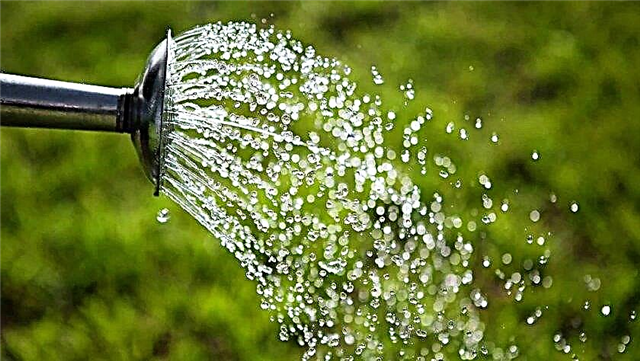
- Top dressing. Chrysanthemums need to be fed 3-4 times during the season. In spring, emphasis is traditionally placed on nitrogen (urea, ammonium sulfate, ammonia nitrogen, etc.), while the potassium-phosphorus component (superphosphate or potassium sulfate) is needed at the buds stage to stimulate early and abundant flowering. These two substances, by the way, provide improved winter hardiness of plants, so you need to use such top dressing in late summer and autumn. From organic fertilizers, you can occasionally use chicken droppings or mullein, but you should not abuse these fertilizers. You should also not forget to water abundantly flowers before applying fertilizers or to carry out such a procedure the next day after rain.
- Transfer. Once every 3-4 years, chrysanthemums need to be moved to another place, otherwise the bush begins to hurt and degenerate. Simultaneously with the transplantation, it is advisable to divide the bush, which will significantly rejuvenate the plants and increase their number on the site.
- Protection against diseases and pests. Chrysanthemums are often the victim of various infections - both fungal and bacterial, and even viral (the most dangerous of the latter are mosaic, dwarfism, aspermia). Viral infections are incurable, therefore, if their signs are detected, the bush should be immediately removed from the site and burned. To combat other diseases, it is best to use preparations containing copper: copper sulfate, Bordeaux mixture, copper chloroxide, copper-soap emulsion. Of the pests, chrysanthemums are most often bothered by aphids, slugs, nematodes and meadow bugs. In the early stages of the lesion, the plant can be treated with a soap solution, infusion of tobacco or garlic. If there are too many pests, then you have to use systemic insecticides, for example, Fosfamide, Aktar or Aktellik.

Important! An excess of nutrients in the soil can burn the roots or cause the bush to actively gain green mass, and such processes always negatively affect flowering.
Species suitable for wintering
Today, science knows at least four dozen different types of chrysanthemums, and even the number of varieties is estimated at tens of thousands. It is clear that not all of them are suitable for growing in our harsh conditions, even under a film.
In order not to be mistaken with the choice of a winter-hardy variety, you need to remember that all varieties of a popular garden plant are conventionally divided into 2 groups:
- Indian, which have large flowers;
- Korean, with small flowers.
Important! Indian chrysanthemums are mostly heat-loving, so frost-resistant varieties should be sought among the Korean variety.
Examples of very decorative, vibrant, delicate and at the same time cold-resistant varieties of Korean chrysanthemums include:
However, among chrysanthemums with large flowers, there are varieties that are quite resistant to cold, just their choice is much smaller. As exceptions to the general rule, let’s say, for example, such varieties as Anastasia Green with bright needle-shaped flowers of green color, terry pink Zembla Lilak or red-orange Tom Pier. They can be left for the winter in the ground, but be sure to carefully cover. Any of the possible ways of wintering chrysanthemums has its drawbacks and risks, so wise flower growers use a combination of different techniques to guarantee the preservation of a flower.
To do this, the main plant should be left in a constant place, securely covered to prevent freezing, and a small fragment separated from the bush should be removed from the ground along with a lump and stored in a trench or in a cool room where the air temperature does not drop below a few degrees of frost. In the spring, such a young plant can be planted in a pot for germination and subsequently transplanted into the open ground already quite grown and matured.



